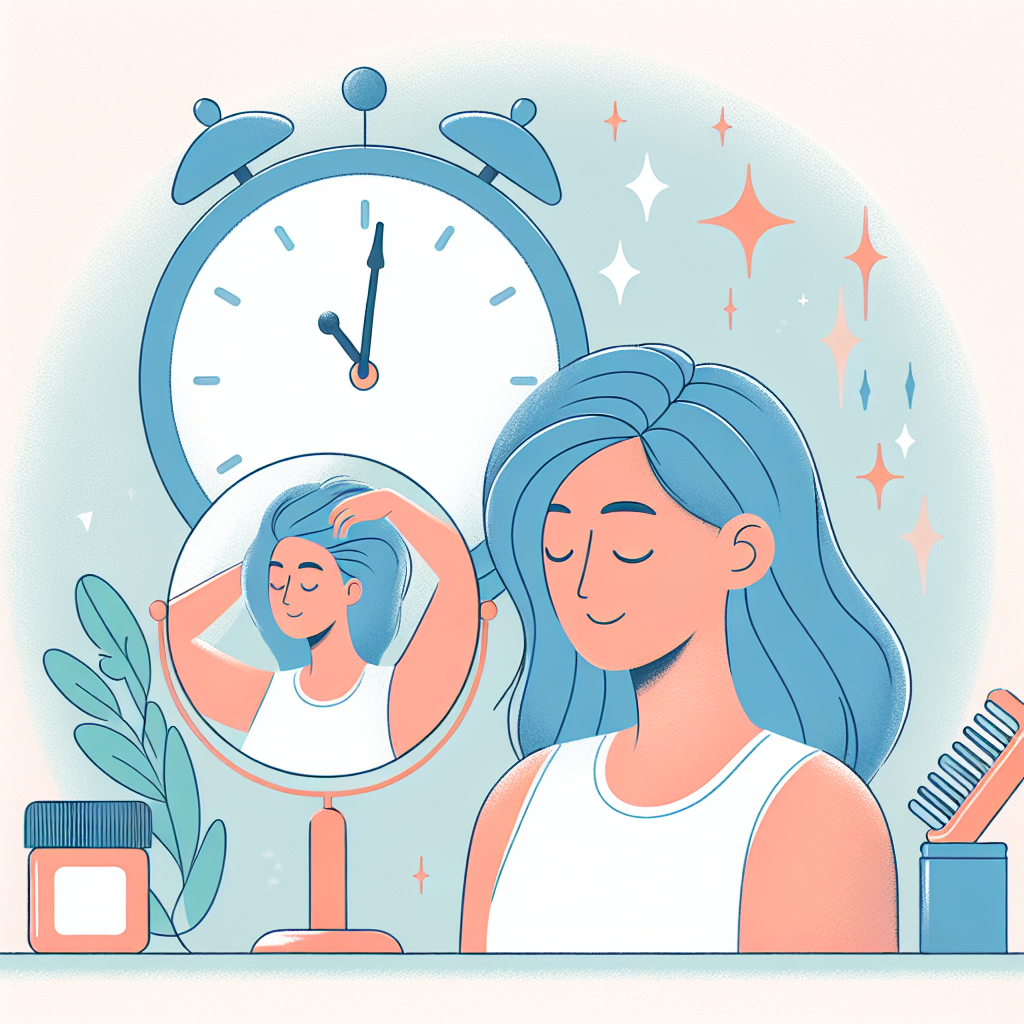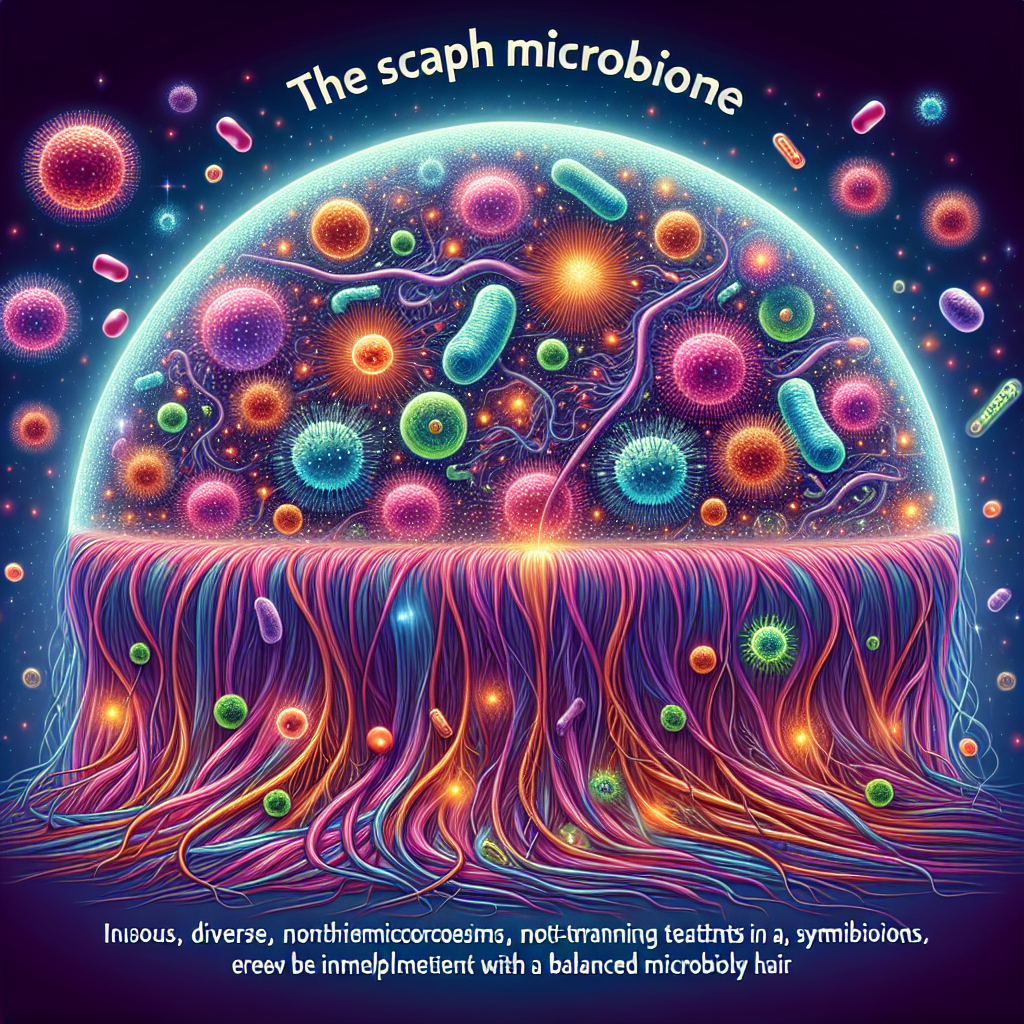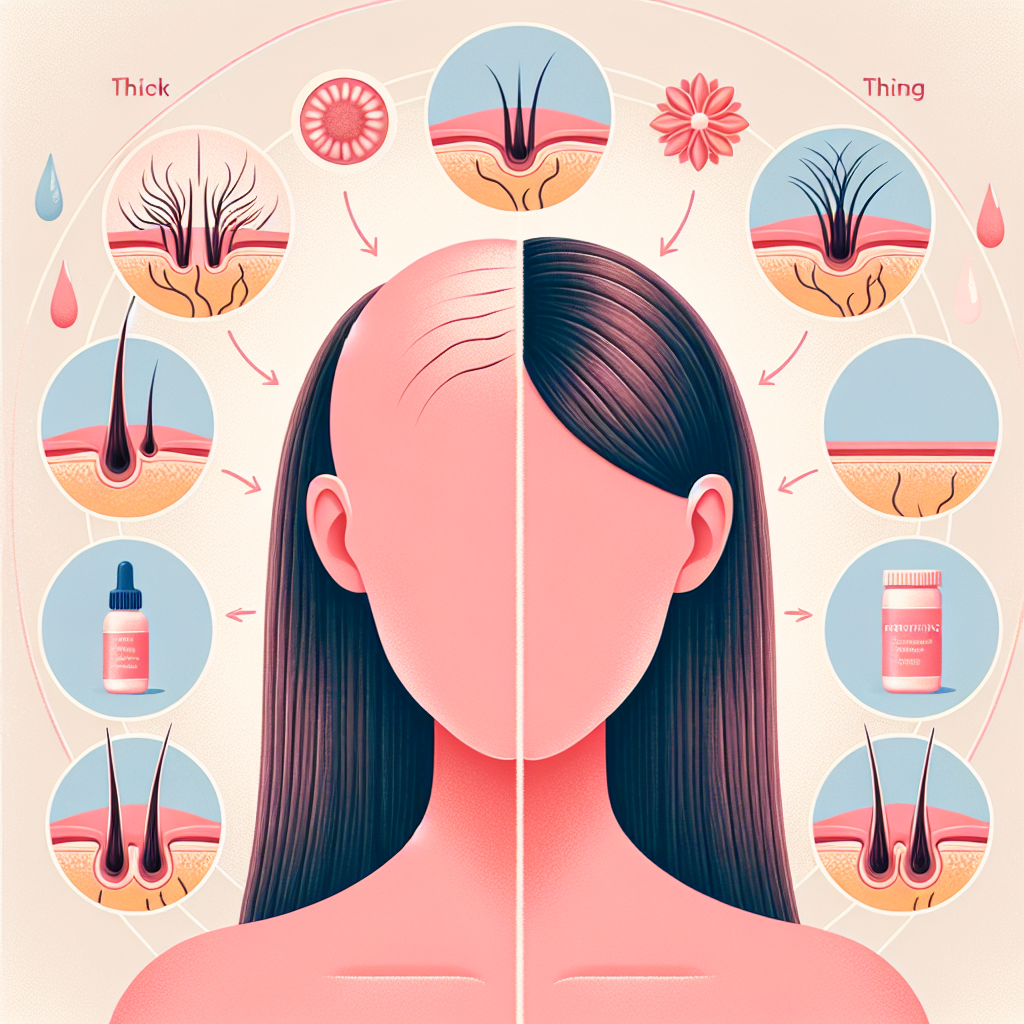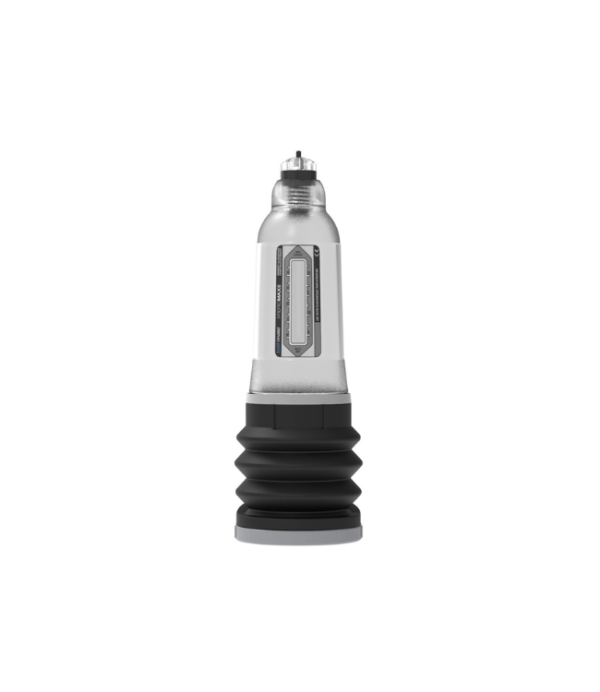Why Early Intervention Matters for Hair Loss in Your 20s
Experiencing hair loss in your 20s can be both surprising and distressing, but it’s more common than many realize. Research reveals that approximately 25 percent of men with hereditary male pattern baldness begin losing hair before the age of 21, according to the American Hair Loss Association (2022). For women, early thinning may be triggered by hormonal conditions such as PCOS or thyroid disorders.
The good news is that starting a regimen of scientifically proven treatments early on can significantly slow hair loss—and in some cases, even restore it. Dr. Angela Phipps, D.O., AAD Fellow at the Hair Loss Control Clinic, explains, “Early diagnosis and intervention offer patients the best chance for successful treatment of androgenetic alopecia.”
Hair Loss in Your 20s Is More Common Than You Think
Think hair loss is only a concern for middle-aged adults? A recent study published in the International Journal of Trichology found that nearly 20 percent of men notice thinning hair before age 25. Many women in their 20s also experience signs such as widening parts, a shrinking ponytail diameter, or increased hair shedding.
Unfortunately, these early symptoms are often brushed off as seasonal or temporary. Delaying treatment, however, can result in more advanced thinning and follicle damage. “Most patients underestimate signs like temple recession or wider parts until a significant amount of hair density has already been lost,” says Dr. Alan Bauman, a board-certified hair restoration physician.
At this point, the process of miniaturization—where follicles shrink over time and produce weaker hairs—may already be underway, eventually leading to permanent hair loss if left untreated.
The Benefits of Starting Treatment Early
Recognizing the advantages of early hair loss treatment can help you make informed decisions before irreversible damage occurs. Here’s why acting fast makes a difference:
Slows or Stops the Progression of Shedding
Hair loss is a gradual but progressive condition. Treatment with FDA-approved options like minoxidil or finasteride early in the process helps interrupt this cycle. According to the FDA, minoxidil may help regrow hair in up to 60 percent of users when initiated early.
Preserves Healthy Hair Follicles
Once hair follicles stop functioning, revival becomes difficult and sometimes impossible. Treatments such as Platelet-Rich Plasma (PRP) therapy and Low-Level Laser Therapy (LLLT) are more effective when follicles are still active, making early use essential.
Improves Emotional and Psychological Well-Being
Young adults often face significant emotional distress due to visible hair loss. Studies have linked appearance concerns to elevated levels of anxiety and depression in this age group. Early treatment can enhance both hair and self-confidence.
Optimizes Results from Non-Surgical Therapies
Options like PRP, topicals, oral medications, and laser devices are far more successful when started early. These interventions are less effective once bald patches or severe thinning develop, so timing matters.
How to Recognize the First Signs of Hair Loss
Catching hair loss early allows for faster, more effective treatment. Watch for these often-overlooked clues:
– Receding hairline, especially at the temples (common in men)
– Thinning at the crown or a small bald spot
– Excessive hair on pillows, in the shower, or on your brush
– Noticeable widening of the part or a smaller ponytail (common in women)
– An itchy, flaky, or irritated scalp, which could indicate inflammation
If you notice any of these changes, consult a board-certified dermatologist or trichologist right away to investigate potential causes before the problem worsens.
Top Doctor-Approved Treatments for Hair Loss in Your 20s
The good news is that you don’t have to wait for severe hair loss to explore effective treatment. Here are five trusted strategies to consider:
Use Topical and Oral Medications
Minoxidil and finasteride are both FDA-approved for treating hair loss. Minoxidil is safe for both men and women, while finasteride is typically recommended for male genetic hair loss. Women who have hormonal imbalances or PCOS may also benefit from medications like spironolactone. These medications help regulate hormone levels such as DHT, which contributes to hair thinning.
Address Nutritional Deficiencies
Your diet plays a significant role in hair health. Deficiencies in vitamins and minerals such as iron, biotin, vitamin D, and zinc may exacerbate hair loss. Eating nutrient-rich foods like leafy greens, eggs, and fatty fish, or speaking with a healthcare provider about appropriate supplements, can support a healthier scalp and hair regrowth.
Incorporate Low-Level Laser Therapy (LLLT)
Laser caps or combs stimulate blood circulation and nourish hair follicles, encouraging them to remain in the growth phase. When used consistently in the early stages of hair thinning, laser therapy can lead to thicker and fuller hair over time.
Make Lifestyle Adjustments for Better Hair Health
Stress and poor sleep are major contributors to hair loss but are often overlooked. Implementing daily stress-reducing habits like regular exercise, meditation, or journaling can make a noticeable difference. Ensuring you get 7 to 9 hours of sleep each night also supports overall hair health.
Consult a Hair Loss Specialist
A trained dermatologist or trichologist can provide personalized treatment plans based on root causes. Diagnostic tools like scalp biopsies and blood tests help identify hormonal imbalances, nutritional deficiencies, or medical conditions such as anemia or thyroid disorders.
Debunking Common Hair Loss Myths
Misinformation can lead to delayed treatment and worsening hair loss. Here are some frequent myths—along with the truth:
“It’s just stress; it’ll grow back soon.”
While stress-related shedding can occur, if your hair isn’t growing back within three to six months, hereditary hair loss could be the actual cause.
“Hair loss is only for older people.”
Not true. Genetics often determine when hair loss begins, and many experience significant thinning in their late teens or early twenties.
“There’s no way to treat hereditary hair loss.”
While you can’t change your genetic makeup, treatments—such as minoxidil, finasteride, and laser therapy—can slow progression and improve density when started early.
“Nothing works; it’s hopeless.”
Scientific evidence shows otherwise. Finasteride reduces hair loss in nearly 90 percent of men, and many women benefit from a combination of hormone regulation and nutritional therapy, according to Clinical Dermatology (2020).
Final Thoughts: Take Control Before It’s Too Late
Dealing with hair loss in your 20s can feel overwhelming, but you don’t have to face it alone—or accept it as inevitable. By identifying early warning signs and starting treatment promptly, you give yourself the best shot at maintaining healthy hair.
Dr. Phipps reminds patients, “The earlier you intervene, the more options you’ll have—and the better your chances of preserving your hair.”
Take charge of your hair health today. Whether it’s incorporating topical treatments, addressing nutritional gaps, or simply committing to better sleep and stress management, every small step today yields significant results in the future.
Explore your options and consult a licensed provider to begin a personalized plan that protects what you have—and potentially brings back what you’ve lost.
References
– American Hair Loss Association. (2022). Hair Loss in Men. https://www.americanhairloss.org
– International Journal of Trichology. (2021). Prevalence of Androgenic Alopecia in Young Adults.
– Clinical Dermatology. (2020). Advances in the Treatment of Androgenetic Alopecia.
– FDA. (2022). Minoxidil and Finasteride Drug Facts.
– Bauman, A. (2023). Why Early Hair Loss Treatment Pays Off. Hair Restoration Journal.
– Phipps, A. (2021). How to Treat Hair Loss in Your 20s. Hair Loss Control Clinic Report.












